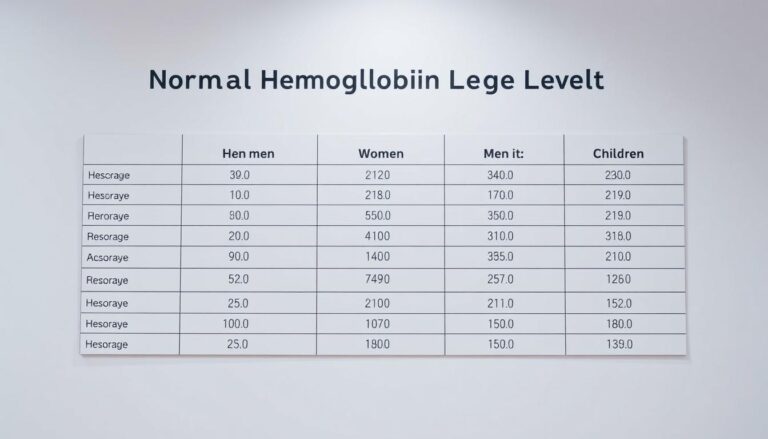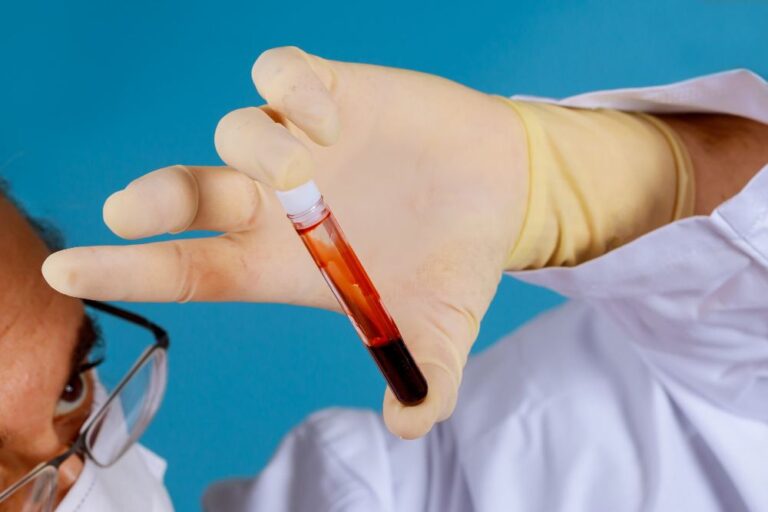Understanding Lipid Profile in Preventive Screening: A Complete Guide to Lipid Profile Test Importance
Imagine a simple blood test could show your risk of heart disease early. This is what the lipid profile test does. It’s key in keeping your heart healthy and spotting problems early.

This test checks your cholesterol and triglycerides levels. It shows how likely you are to get heart disease. Knowing this, you can live a healthier life and lower your heart disease risk.
Components and Basics of Lipid Profile Testing
Lipid profile tests are key to preventive healthcare. They help us see our risk for heart disease and other heart issues. These tests check our cholesterol levels, including HDL and LDL, and triglycerides. Knowing about cholesterol and lipid profiles helps us make better health choices.
These tests are vital for doctors to spot problems early and plan treatments. They show our risk for heart disease and stroke. Understanding cholesterol tests helps us see why keeping cholesterol levels healthy is important.
- HDL (good) cholesterol
- LDL (bad) cholesterol
- Triglycerides
- Total cholesterol
These parts together give us a full picture of our lipid profile. They show why lipid profiles are important for health. By knowing the benefits of lipid profiles and cholesterol tests, we can keep our cholesterol healthy and lower heart disease risk.
Lipid Profile Test Importance in Preventive Healthcare
Lipid profile testing is key in preventive healthcare. It helps find people at risk of heart disease and other heart problems. The guidelines for lipid profile tests give a full picture of a person’s health, helping doctors make better choices.
Regular lipid screenings are vital. They catch risks early, allowing for quick action and lowering heart disease chances.
The need for lipid profile tests is huge for heart health. They let people see their health clearly and take steps to stay healthy. Doctors use these tests to spot risks and plan how to prevent diseases. The benefits include catching heart disease early and making smart choices about health.
Some key aspects of lipid profile testing include:
- Lipid profile test guidelines: providing a framework for healthcare professionals to follow
- Lipid panel relevance to health: understanding the significance of lipid profiles in overall health
- Lipid screening significance: recognizing the importance of regular screening for early detection and prevention
- Lipid profile benefits for heart health: highlighting the advantages of lipid profile testing in maintaining a healthy heart
Knowing the importance of lipid profile tests helps people stay healthy and avoid heart disease. Analyzing lipid profile results is key. It lets doctors find risks and plan how to prevent diseases. By focusing on lipid profile tests and following guidelines, people can keep their hearts healthy.
| Lipid Profile Component | Normal Range | High Risk |
|---|---|---|
| Total Cholesterol | Less than 200 mg/dL | Above 240 mg/dL |
| HDL Cholesterol | Above 60 mg/dL | Below 40 mg/dL |
| LDL Cholesterol | Less than 100 mg/dL | Above 160 mg/dL |
Conclusion: Making the Most of Your Lipid Profile Results
Understanding your lipid profile can help you take care of your cholesterol levels and heart health. The lipid panel results give a detailed look at your cardiovascular risk assessment. This lets you and your doctor create a plan to manage your hdl, ldl, and triglycerides.
Learning to read your lipid profile interpretation is important. Our guide helps you understand your lipid panel interpretation, lipoprotein analysis, and lipid test results. With this knowledge, you can work with your doctor to make lifestyle changes and get the right cardiovascular health assessment and treatments.
Regular cholesterol screening and taking care of your heart health are key to staying healthy. By using your lipid profile results wisely, you can manage your understanding cholesterol levels and cholesterol screening significance. This leads to a healthier and more vibrant life ahead.







